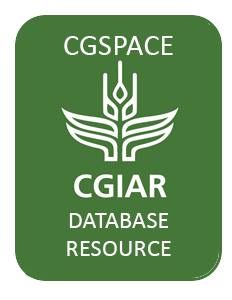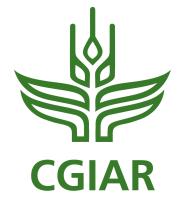Resource information
Accurate estimates of habitat extent and rates of change are crucial inputs for the global, regional, and national assessments that guide policy-making and prioritize strategies. This can contribute to an understanding of ecosystems in the landscape for their use, management, and preservation. Mangroves are one of the types of ecosystems in which estimation discrepancies have been analyzed to determine the impacts of data quality on conservation and policy-making. We identify significant discrepancies in the extent of the last map of Mexican mangroves (i.e., 2020) produced by the Mexican Mangrove Monitoring System (MMMS). We performed a comparative assessment between the 2020 and 2015 maps by using geographical information systems to analyze the spatial extent across these years and estimate the accuracy of map changes with airborne data. We observed a spurious gain of 129,531 ha between 2015 and 2020, including 102,610 ha (79% of total changes) in the Sian Ka'an Biosphere Reserve and its surroundings. Furthermore, the mangrove definition changed, causing the MMMS to map other coastal wetlands with the presence of Rhizophora mangle scrubs dispersed in the landscape. The analysis of MMMS airborne data demonstrates that this significant increase is due to changes in mangrove mapping criteria and definitions. The definition and spatial delimitation of "mangrove" (i.e., mangrove community or stands forest) has implications relevant to the conservation policy of these coastal wetlands/coastal resources. MMMS discrepancies in mangrove extent could generate misleading perspectives on different sectors. A cartographic solution is to separate the other coastal wetland areas with the presence of R. mangle from all MMMS products and reclassify them as "other wetlands with the presence of R. mangle." Robust ecosystem extent data is crucial for the design and implementation of efficient land use and conservation policies.


